The building of Shredded Wheat
Susan Hall
One of the biggest factory buildings to grace Welwyn Garden City was Shredded Wheat .
The planning process for this impressive building started in 1924 with the building being constructed during 1925.
Hertfordshire Archives and Local Studies are lucky, in that we have some of the plans stored within the archive collection.
There are also photos within the library photographic collection showing images and views of Shredded Wheat and Welwyn Garden City.
On 19 March 1926 the following article appeared in the Welwyn Garden City News on page 6
The Marquis of Salisbury Opens Shredded Wheat Factory at Welwyn Garden City.
Aptly described by the marquis of Salisbury when performing the opening ceremony on Friday afternoon last a “a red-letter day” in the annals of Welwyn Garden City, the occasion aroused considerable interest. Over two hundred prominent people had accepted the Shredded Wheat Company’s invitation to be present, and a special train was run from London for the event. With the Union Jack floating above them the employees of the company, in white tam-o-Shanter caps and overalls, lined the steps of the main approach to the factory, and cheered the Marquis on his arrival. Escorted by the Directors of the Company his Lordship was conducted to the employees’ theatre, upon the stage of which speeches were made and the opening ceremony performed.
Opening Ceremony
The Earl of Granard, P.C., K.P., G.c.v.o. (master of the Horse), who presided, said the company was British; it employed British labour, and was going to u wheat. They hoped to be of considerable assistance to the British farmer. Lord hampden, Lord-Lieutenant of the county, had secured nearly every prize the London market with his fowls since he began to use this meal. (cheers)
Mr Joseph W Bryce, chairman and managing director of the company, said that the building of the factory was a realisation his dreams. Shredded Wheat had a history of something like thirty years, but hitherto they could only sell in this country what they could get from Canada. Mr A J Porter, their president, had told him that if he could secure a certain specified sale, he could build a factory in England. There was, however, a catch in this because the figure had been put so high that it was not expected that he would reach it for many years. But they did. At the end of 1923 they had sold 25,000 cases more than they were asked to sell, and as a consequence there had risen in that new city an ideal factory for the production of an ideal food. He had found that he was connected with a corporation that had soul; a body whose ideal was not merely to make money but to make men and women out of their employees, and he was thus able to show to all who cared to come in working hours things done for the benefit of the workers that were not often seen in this country. The factory was open to everybody, even their competitors; for they had no trade secrets. If anyone else could make better shredded wheat than they could, they would be glad to hear of it, and would take off their hats to them. From eight a.m. until five p.m. on any day the humblest and the most distinguished visitor would alike be welcome. (cheer)
The Marquis of Salisbury formally declared the factory open. He said the company had invented something which was at once pleasant and wholesome. A great many things which were pleasant in his life he had found were not wholesome, and he feared that the reverse was also true; that many things which were wholesome were profoundly unpleasant. He had known that particular spot for a matter of sixty years. It had seen great changes which, he was satisfied, were for the best, but he would not pretend that all respects he had at first welcomed them. But it was all part of a great movement, to find some substitution for the old growth of a city, something a little brighter and healthier. Of the development from the garden suburb to the garden city this factory of the Shredded Wheat Company of Great Britain was an example, and he believed the building of such towns as Welwyn Garden City would provide the solution of the problem. At Welwyn they could develop their city on new line which would lead to none of the evils that had occurred in the city building of the past. This he believed, was the first factory at Welwyn; it was certainly the first to be so well equipped and was a splendid augury of what was coming. (cheers)
Mr A E Newby, on behalf of the outside representatives of the firm, presented to Mr Bryce a silver salver as their acknowledgement of his great organizing ability and of the predominant share he had taken in the establishment of the factory.
Mr Bryce briefly replied and said how much he valued the work and support of his salesmen.
The Earl of Granard having presented to the Marquis of Salisbury a “biscuit”- crowned cigarette case as a souvenir of the occasion, Lord Salisbury touched a button which set the machinery in motion.
Among those also supporting the chairman were Mr Alex J Porter, the Hon. Sir John Ward and Mr J W Dickson (director), Lord Southborough, and Colonel F E Fremantle, M.P.
Why was Welwyn Chosen.
The chief reason why Welwyn Garden City was chosen in preference to other sites offered by the present Shredded Wheat Company in Canada for its British Factory were: the clean, healthy and pleasant surroundings; the railway and also the road transport facilities; the fact that their workers could be housed in the town itself, and its freedom from the smoke and grime of an industrial town.
The ground on which the Factory stands covers an area of seven acres, and is immediately opposite the site of the new Main Line Railway Station, which is in course of erection at a cost of nearly £40,000.
The building comprises three floors, and is constructed of reinforced concrete with a facing of white tiles which, with its tall chimney, renders it a landmark for miles around.
In the production of “Shredded Wheat” and “Triscuit”, every conceivable step is taken at all stages to ensure the product reaching the customer in perfect and impeccable condition. Nothing is added, nothing is taken away from the grain, which is the best possible that southern and Western Australia can supply. In this connection it may be remarked that experiments have been and are continuing to be made with British grown wheat with a view to buying from the home farmer as soon as possible.
Machine Made
From the time grain enters the elevator to its entry into steam ovens and its ejection at the psychological moment on to rotary travelling plates, from whence, after cooling, it is immediately packed into cartons, it is scarcely touched by human hands – even these hands are covered with spotlessly clean rubber gloves. The cartons themselves are made at Thatcham, Berkshire.
The new spirit of industry
As may be expected, this model factory has model conditions for its employees. The Management has provided a restaurant, fitted up a kitchen with every appliance for the preparation of food, has engaged a skilled chef, and gives all the employees a free midday meal. Three fine tennis (hard) courts have been provided by the Directorate.
Rest and Smoke rooms
For the girls, a comfortable equipped Rest Room, overlooking green fields, is set aside, whilst the men have their own Smoke Room.
Baths for all
Beautifully white tiled Bathrooms and Cloak Rooms, with glistening baths and hand basins, afford the workers every opportunity of attaining to that cleanliness which is next to godliness. There is a separate Bathroom in the Boiler House marked “Private” which is sacred to the stoker.
A Five Day Week
Night and day shifts are worked, the factory closing down on Friday evening till Monday morning.
Only those living in the country can fully appreciate what this long weekend means to amateur gardeners.
Walking to Work
The employees live within walking distance of their work, and so are spared the expense and fatigue of long bus or train journeys night and morning. This means practically an addition to their wage. No wonder applications for work were received from all over the country, and that the Company had to “quit” opening letters after the first 1,000 had been read.
As surely as the glimpse one catches of the outside of the Factory as one passes in the train, more certainly does a tour of the interior with its wonderful machinery arouse one’s wonder, whilst the way in which the whole staff is treated as being individual entities, is exemplary.
Today all the extensions that were added to the Factory over the years have been demolished, so that we are now left with the original building and silos. The site now begins a new lease of life.
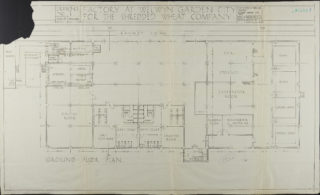
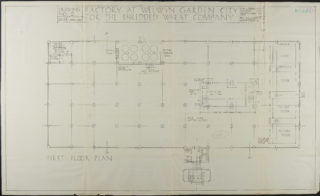
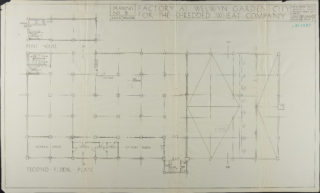
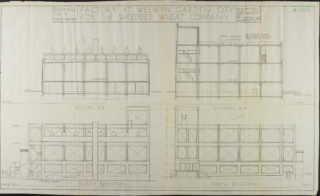
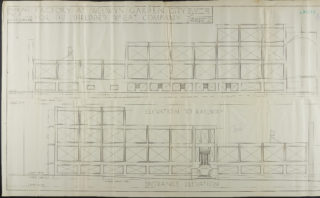
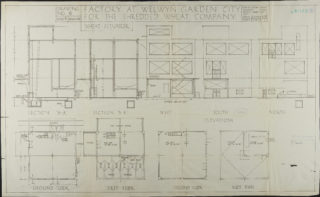
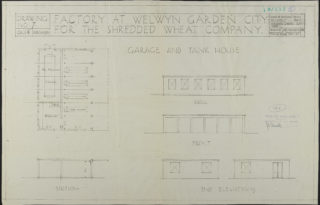
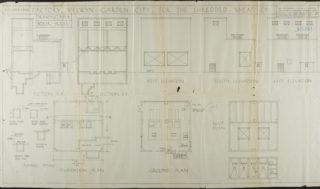
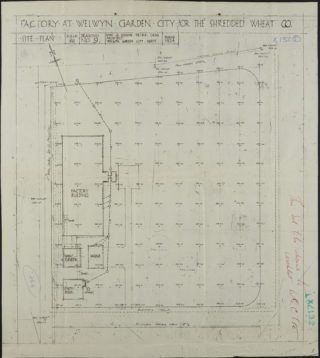
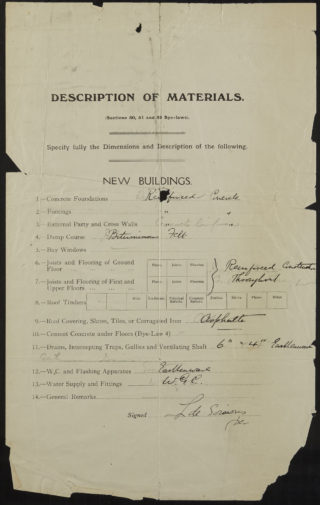
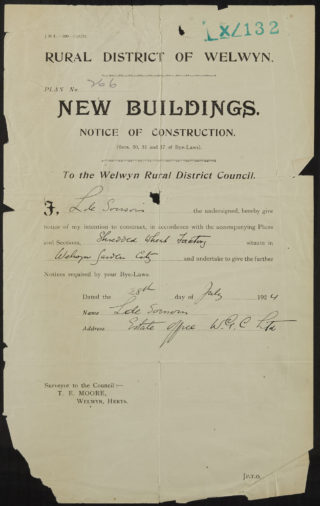
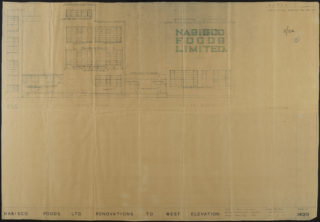
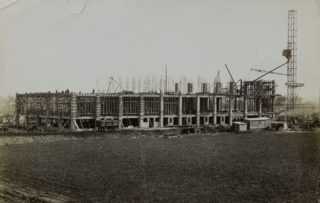
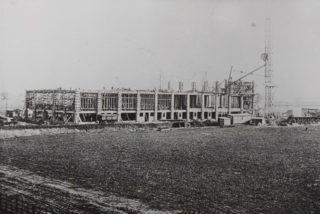
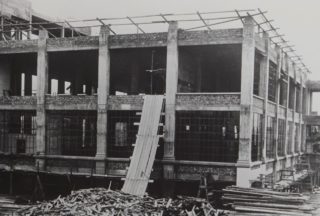
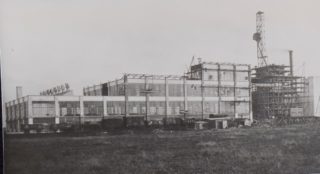
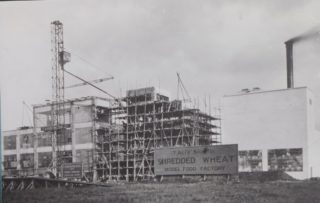
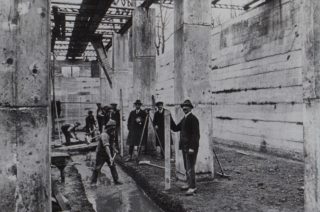
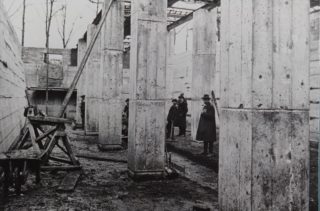
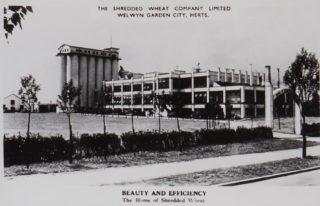
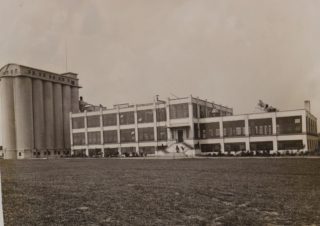
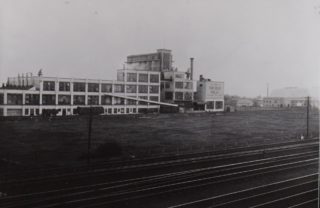
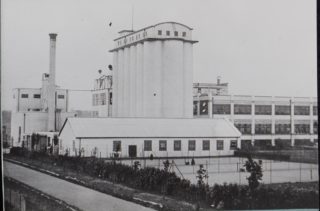
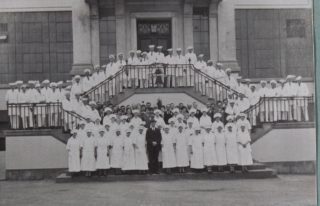
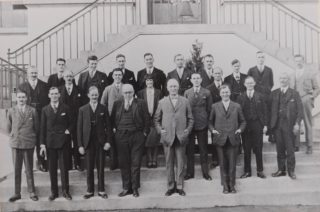
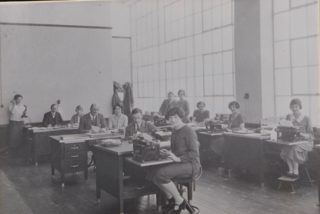
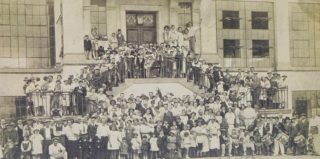
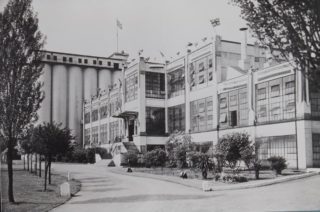
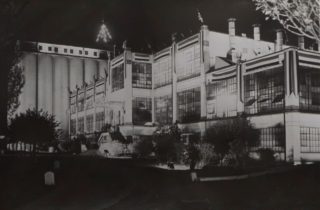
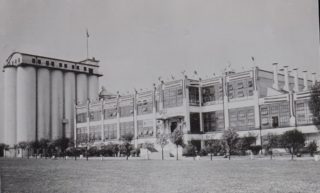
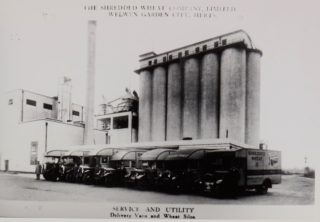
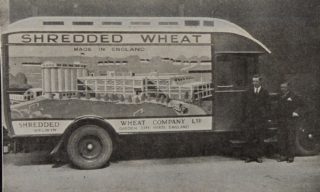
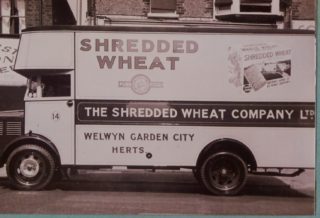
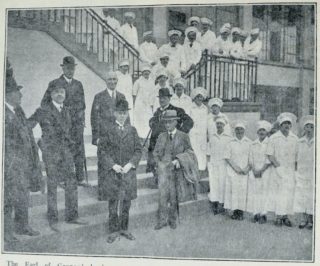






Add your comment about this page